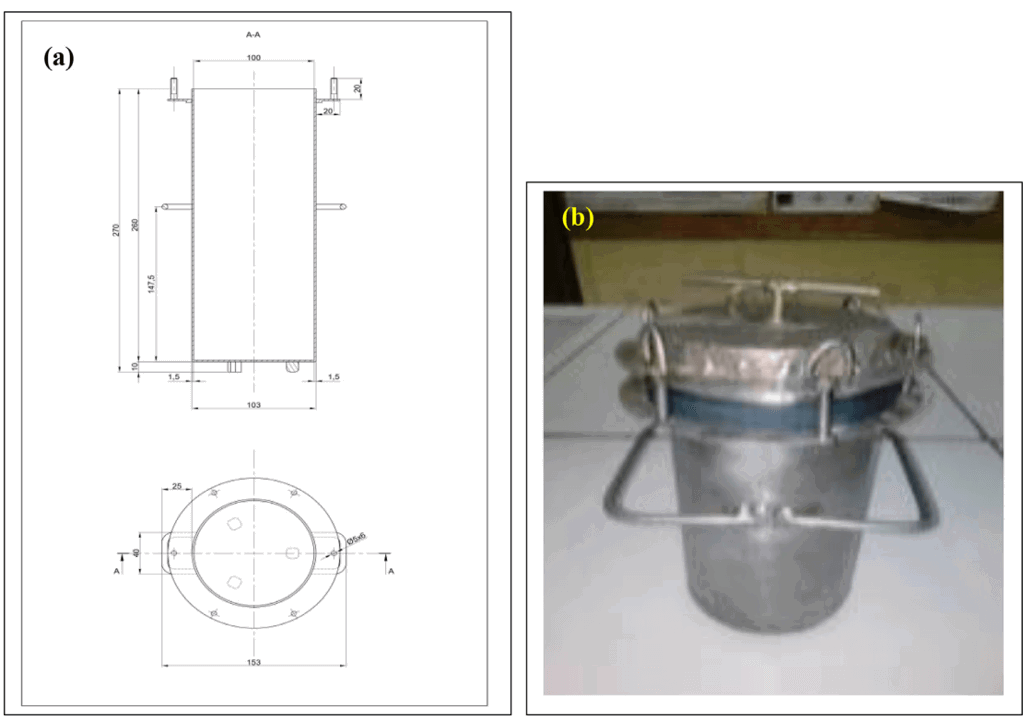Optimization of the enzymatic hydrolysis of cellulose of triplochiton scleroxylon sawdust in view of the production of bioethanol (2020)

Abstract: The objective of the work is to optimize the enzymatic hydrolysis step in the production process of bioethanol based on sawdust. For this purpose, sawdust from Ayous (Triplochiton scleroxylon) was sampled and characterized. After pre-treatment with the organosovl method, a composite experimental design centred on three factors (substrate loading, enzyme loading and hydrolysis time) was used to study their effects on the release of reducing sugars during hydrolysis. The d-glucose monomers obtained were fermented and the product was distilled. The results obtained reveal that the pretreated Ayous sawdust contains a cellulose content of 53.2 ± 0.3%. At the end of the enzymatic hydrolysis, an increase in the enzyme loading and the hydrolysis time were recorded, followed by a decrease in the substrate loading thus contributing to a better hydrolysis yield of the celluloses. A loading of 9.07% in substrate associated with a loading of 21.36 FPU/gDM of enzyme for 72 hrs constituted the optimal conditions allowing the release of the maximum of reducing sugars and an optimal yield of hydrolysis of celluloses. The optimum values of the reducing sugars and the conversion yield are 21.88 mg/ml and 69%. The yield of Gay - Lussac obtained is 38 g/g. All this shows that it is possible to produce bioethanol from white sawdust.


